
RECENT POSTS
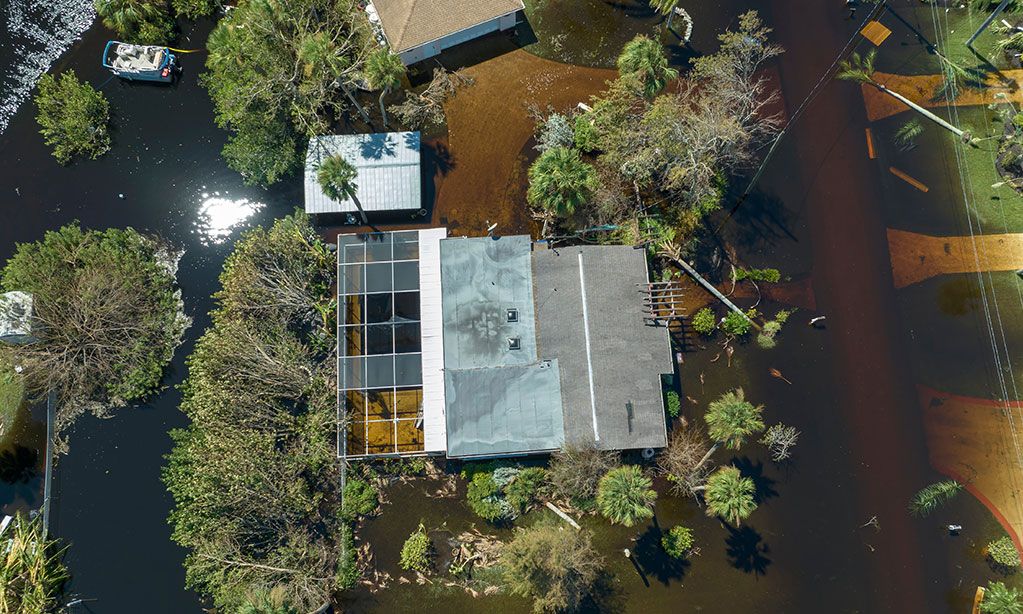
Understanding the Impact of Stormwater Pollution from Floods
The Hidden Dangers of Stormwater Pollution after a Flood
Contaminating Our Water Bodies
Health Risks for People
Impacts on Wildlife
Damage to Infrastructure
The Economic Burden
How We Can Make a Difference
Sediment Control
Our Spilltration® Oil & Sediment Filter Dikes, Socks, Rolls, and Drain Filters are designed to effectively capture and contain sediment carried by stormwater runoff. By strategically placing these products in areas prone to erosion or runoff, they prevent sediment from being washed into water bodies, reducing water pollution and preserving water quality.
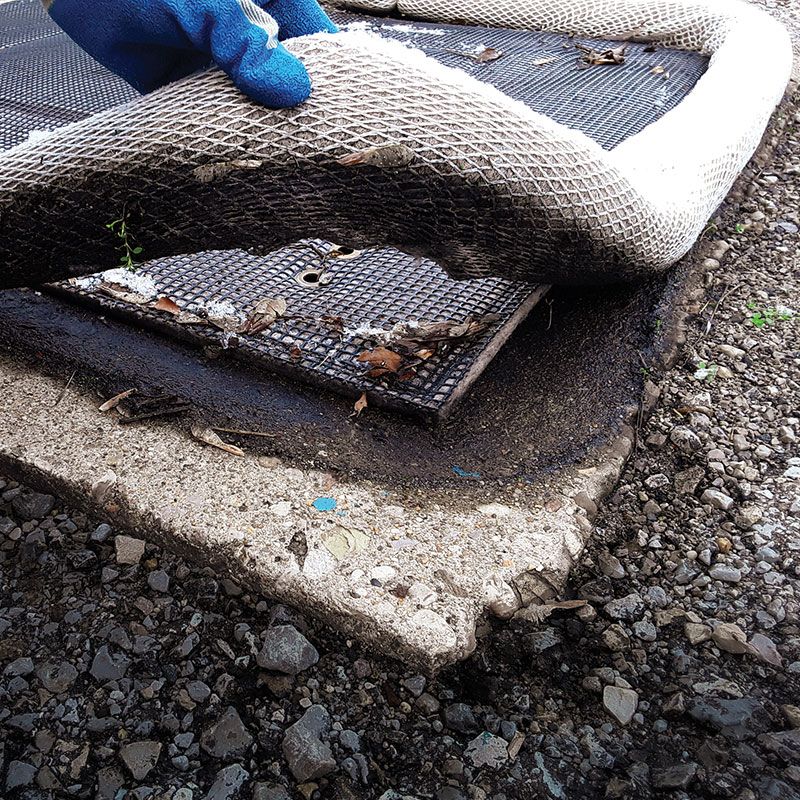
Spilltration® HuskyGuard Drain Filter, shown with Spilltration® Husky DamSock™ capture and contain sediment from stormwater runoff.
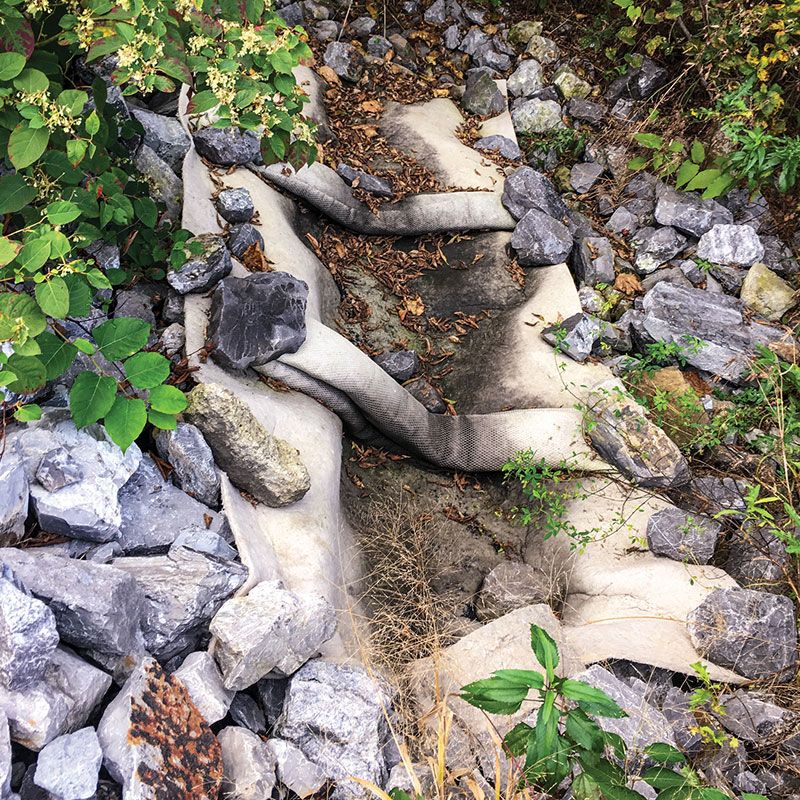
Spilltration® Husky Filter Dikes and Spilltration® Husky Rolls capture TSS & FOG below an outfall.
Oil and Sheen Removal
Spilltration® Products, including oil-absorbent materials and sorbent booms, are highly effective in preventing oil and hydrocarbons from contaminating water during floods. These products absorb and contain oil spills and sheens, preventing them from spreading and reducing the risk of oil reaching nearby water bodies.
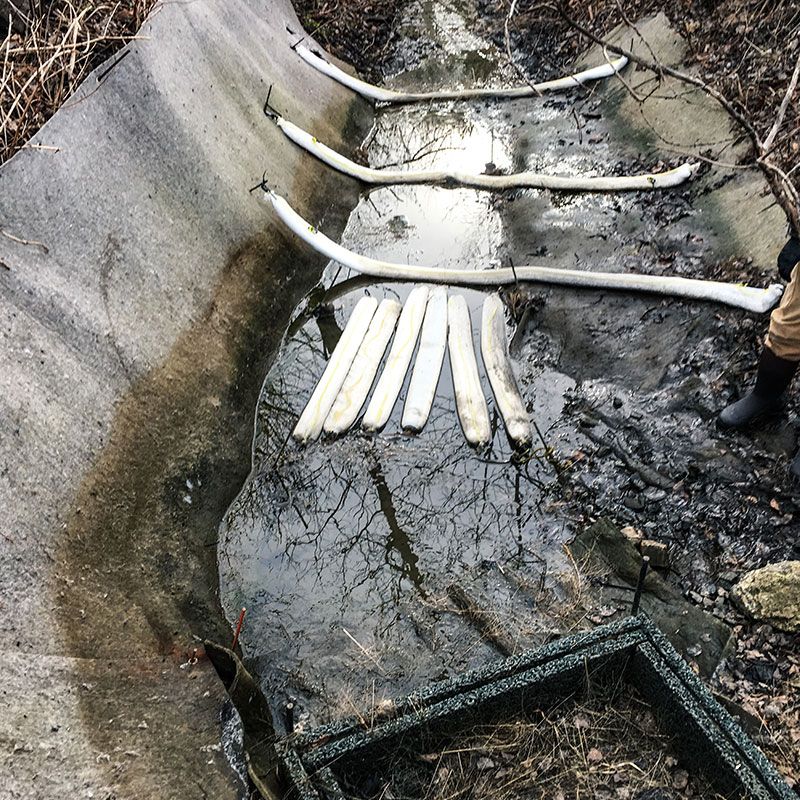
Spilltration® Husky Rolls and Spilltration® Husky Filter Dikes & Socks absorb and contain oil and sheens, reducing the risk of water contamination during floods.
Debris Containment
Floodwaters often carry a significant amount of debris, including trash, vegetation, and other solid waste. Our Spilltration® products, such as HuskyGuard Drain Filters, effectively capture and retain debris, preventing it from entering stormwater drains and water bodies. By minimizing the amount of debris in stormwater runoff, these products help prevent blockages, reduce the risk of flooding, and protect water quality.
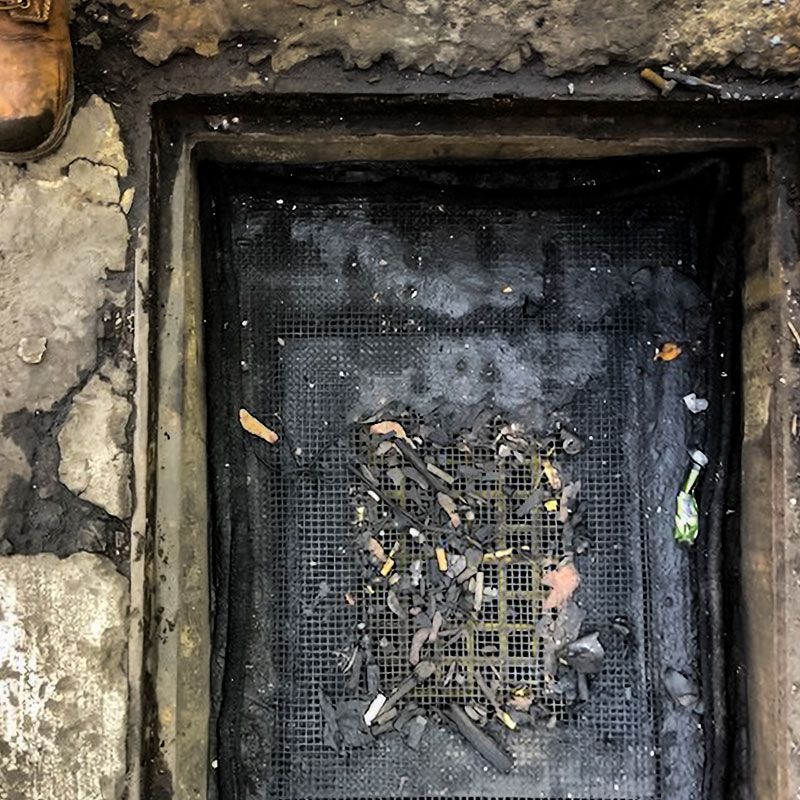
HuskyGuard Drain Insert captures and contains sediment and debris in stormwater runoff..
Supporting Green Infrastructure
Best Management Practices (BMPs)
Spilltration® Products align with best management practices for stormwater management and pollution prevention. By implementing these products as part of comprehensive stormwater management plans, effective measures can be put in place to minimize the impact of stormwater runoff during floods. Integrating these products into BMPs, such as erosion and sediment control plans, helps municipalities and communities effectively reduce stormwater pollution and protect water resources.
Related Articles
Shop Stormwater Pollution Solutions
NEED SOME HELP?
Call our team directly at 814-822-2004 or email sales@halenhardy.com.